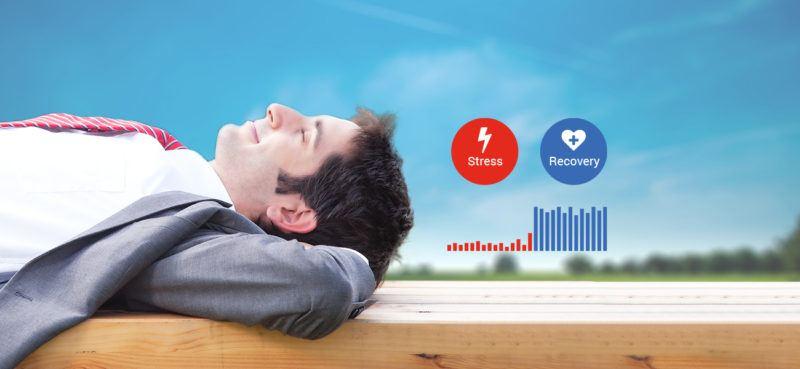
I rode my bike to work earlier this week on icy bike trails and had to find the balance between wanting to get there quickly yet avoid crashing, paying special attention to what was going on around me, my speed, and applying the brakes early enough. Slowing down from my usual speed was necessary for optimal performance in those conditions.
Using the gas and brake pedals appropriately in our lives is equally important if we want to feel and perform well and achieve our goals. In our body, the sympathetic nervous system is the gas that speeds up bodily functions, whereas the parasympathetic nervous system acts as the brake to slow us down.
Sympathetic Nervous System is the Gas that Keeps us Going
The sympathetic nervous system helps us function effectively and get things done. When the sympathetic system is activated, blood pressure, heart rate and respiration increase, improving the body’s energy production and ability to perform. This is known as a physiological stress reaction and is the basis for effective functioning in life. You don’t need to worry about stepping on the gas and activating the stress system as long as you know when it’s time to brake.
When the sympathetic nervous system is active, it consumes energy, and to compensate for that it’s necessary to give the body plenty of fuel (nutrition) to fill the energy stores and make recovery possible. If the sympathetic drive is chronically too high, with inadequate fuel, the stress reaction becomes harmful and you are at risk of running out of gas – or running off the road if you keep going too fast and ignore the need to slow down.
Parasympathetic Nervous System Helps us Switch Off
The parasympathetic system is like the brake that slows down bodily activity and helps re-establish balance (homeostasis) after a more stressful period. Increased parasympathetic activity causes the heart rate and respiration to slow down and heart rate variability to increase. Normally, this happens when we rest, but sometimes the system doesn’t work like it should. You might recall a situation when you try to relax, but “nothing happens” – you still feel your heart pounding, busy thoughts running through your head. Even sleep doesn’t seem to relax you. On a bike or in a car, you just need to apply the brake to slow down, but it’s not as simple with our bodies. It’s good to understand how our personal brake in the parasympathetic nervous system actually works.
Vagus Nerve – the Body’s Brake
Sympathetic and parasympathetic nervous systems are part of the autonomic or involuntary nervous system, which means that turning on the recovery gear is not a simple matter of will power. The key nerve in the parasympathetic system – the body’s brake – is the vagus, or the 10th cranial nerve. When functioning normally, the vagus nerve is activated when we have a chance to sleep or relax, but to ensure its optimal performance even in tough conditions, we have to maintain and take care of this important nerve.
Sleep, Healthy Nutrition and Fitness Keep the Vagus in Top Shape
The most important act of maintenance is regular, sufficient, high-quality sleep. This cannot be underestimated – there is no substitution for sleep. Almost as important is healthy nutrition. Without getting enough nutritious food, the body is not able to recover – and good performance is not possible if the body is out of gas. Low-quality or insufficient nutrition is a surprisingly common cause of chronic stress, fatigue and poor recovery.
Good physical fitness also supports the healthy functioning of the parasympathetic nervous system. A fit heart reacts effectively and meaningfully when we use the body’s gas and brake – the capacity to perform and to recover is better. In addition, activities such as relaxation, mindfulness, nice hobbies, laughing and touch can help activate the vagus nerve. You can even indirectly stimulate the vagus nerve by taking deep, deliberate breaths from your core. And, maybe surprisingly, even cold water has the same effect (although with a short delay). A quick way to turn on the brakes and activate the vagus nerve is to take a cold shower or a dip in a cold pool. Here in Finland, many people enjoy a dip in an ice pool, which has been shown to improve your resistance and activate recovery.
You might think that you sleep enough, but is your body actually recovering overnight? Firstbeat Life reveals what’s really going on.
You might also be interested in

Balancing Good and Bad Wellness Choices: How to Get it Right?
Finding the balance between good and not-so-good choices is about what works for you.

Rest Is Not the Same as Recovery – And 4 Other Surprising Things I’ve Learned About Resilience
What Firstbeat’s Heart Rate Variability analytics can tell you about resilience.

At the Heart of Stress and Recovery
Stress can be defined as a situation where the demands that a person is faced with are greater than the available resources. Stress can also be described as the body’s physical and mental adaptation to real or perceived change.


